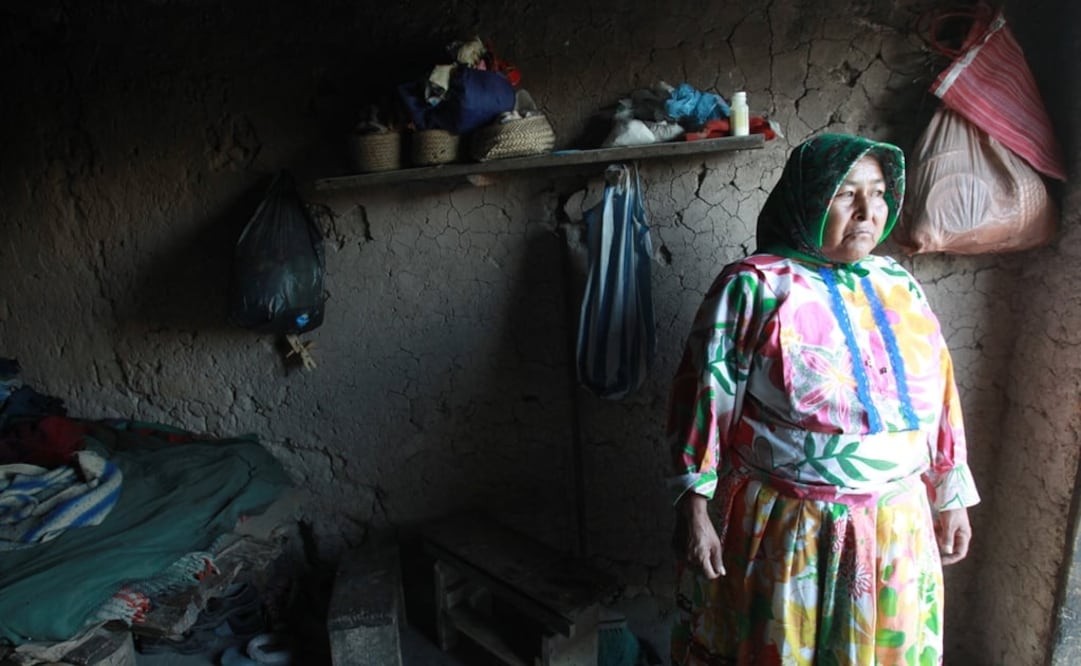Más Información

Sheinbaum, abierta a investigar a hijo de AMLO por Interoceánico; responsables técnicos fueron los ingenieros, dice

Josefa González-Blanco y las denuncias en su contra; empleados acusan acoso laboral en la Embajada de Reino Unido

Confirman detención de “El Mantecas”, jefe de una facción ligada a los Beltrán Leyva; fueron capturados otros 7 integrantes
Mexico is one of the world’s richest countries in terms of linguistic diversity
. At least 68 indigenous languages are spoken in the national territory; however, 60% of them are in danger of disappearing.
In the framework of the International Mother Language Day on February 21 , the Ministry of Culture underlined that, according to the National Institute of Statistics and Geography (INEGI) , 51.3% of all 7.4 million indigenous language speakers in the country are women while 48.7% are men.
Out of said number, around six million are bilingual and 810 thousand are monolingual . The states of Oaxaca, Yucatán, Chiapas, Quintana Roo, Guerrero, Hidalgo, Campeche, Puebla, San Luis Potosí, and Veracruz have the most indigenous language speakers in the country, according to the National Indigenous Languages Institute (INALI) .
The indigenous languages that are most spoken in Mexico are: Náhuatl, with 1.725 million speakers; Mayan, with over 859,000; Tsetsal, 556,000; Mixtec, 517,000; Tsotsil, 487,000; Zapotec, 479,000; Otomí, 307,000, and Totonac, Chol, and Mazatecan, with more than 200,000 speakers .
The International Mother Language Day was proclaimed in 1999 by the United Nations Educational, Scientific, and Cultural Organization (UNESCO) . Furthermore, the United Nations declared 2019 The Year of Indigenous Languages (IYIL2019) “in order to raise awareness of indigenous languages, not only to benefit the people who speak those languages, but also for others to appreciate the important contribution they make to our world’s rich cultural diversity.”
According to an inter-censal population survey conducted by the INEGI in 2015, more than 25 million people in Mexico self-identify as indigenous, though only 7.4 million, roughly 6.5% of the total, speak at least one indigenous language .
Some of the languages that are at a greater risk of extinction are: Ku’ahl and Kiliwa, from Baja California; Awakatek, from Campeche; Mocho´, from Chiapas; Ayapa Zoque, from Tabasco; Ixil and Kaqchikel, from Quintana Roo; Zapotec, from Mixtepec; and Ixcatec and Zapotec, from San Felipe Tejalápam, in Oaxaca .
The Mexican Senate approved the declaration of 2019 as the Year of Indigenous Languages, since the country also seeks to raise awareness on the risks of losing indigenous languages and the growing need to promote them and keep them alive.
Likewise, Mexico’s Ministry of Culture will work alongside the INALI, the General Directorate of Popular, Indigenous, and Urban Cultures, and the National Indigenous Peoples Institute (INPI) to establish a plan of action for the protection, preservation, promotion, and development of Mexico’s indigenous languages.
dm
Noticias según tus intereses
[Publicidad]
[Publicidad]












